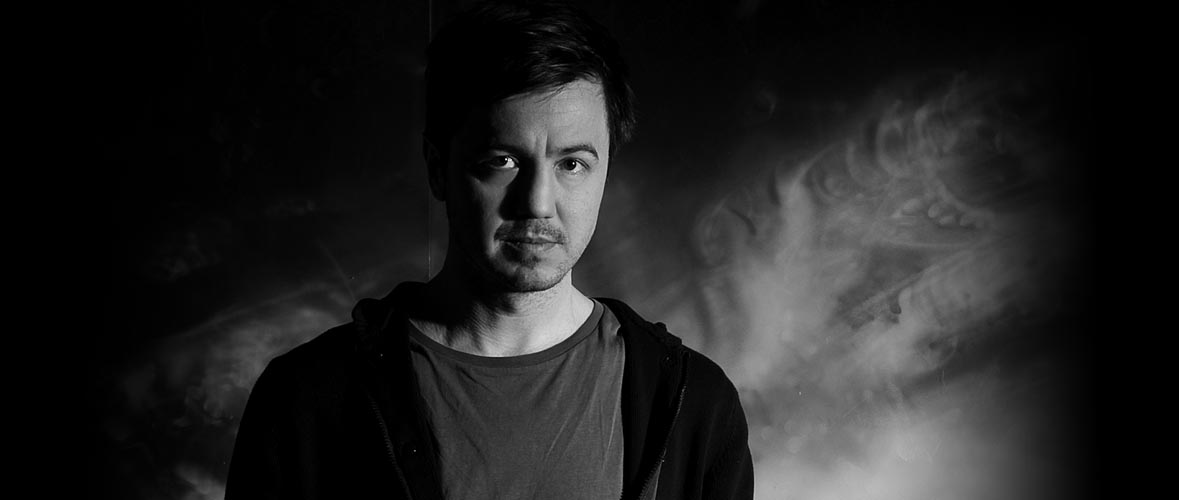

The title of this exhibition quotes the term of French philosopher Quentin Meillassoux, one of the representatives of Speculative Realism. This movement, which defines itself in contrast to anthropocentrism, insists on the independence of the world and things in relation to our perception and perspective, because things do not adjust to our ideas and language, but contain something we cannot comprehend. Milan Houser’s artistic stance approaches these positions in many aspects. He is not interested in art in its social determination, but understands it as something autonomous, outside of us (us = artists, interpreters or spectators) whose features, i.e., qualities are thus not bound to the artist’s intent or the spectator’s interpretation, but exist on their own. It means that in fact they are unrecognizable and we can only speculate about them. Thus, Houser presents paintings which can be observed and described but which intentionally do not provide any cultural or social codes to anchor them in our world. They represent the surface, the outside which we can observe and study in its visual impressiveness and optic nuances.
This set of monochromes represents one of Houser’s most reductive expressions. It creates an impression of “just” a mirror reflecting and deforming spectators and their surroundings. Houser’s older works such as Guľa (Ball) (2002) installed in Liberec, or the mirrors from the Vanitas cycle (2006) can remind us of this concept but only remotely. The difference in the current set lies in more purist but also more sophisticated manipulations with space. Because it not only mediates, reflecting only the space “in front of” the artwork, but also the space inside it. Just as Anish Kapoor’s essential material is red wax, Milan Houser uses varnish with pigments and dyes which he layers to achieve surprising depth. Thus spectators can “switch” between two regimes of visibility: they can observe themselves and the world around them in in color and proportional deformation, but they can also re-focus and penetrate the material, observing only its volume, consistency and color.
For a long time now, Milan Houser (*1971, CZE) has worked with abstract painting overlapping with object creations. His approach is characterized by his examination of the basic material components of a painting – the blind frame, canvas, and the paints. His relationship to painting is relatively “non-painting” or rather “non-auretic” as he mostly uses industrial materials and technology, and creates extensive untitled series of paintings operating with firmly established formal rules. He has spent a great deal of time studying and verifying the possibilities of the use of a specially made varnish which is nowadays his dominating technological preference. He repeatedly pours varnish on his paintings and lets them dry in order to achieve massive depth and complicated color fusions from shallow edges with a definite and even radically direct visual result. The fact that he creates his paintings exclusively “by his own hand” without any the help of any machines is an important feature; however it disturbs the aesthetic depersonalization of his work. Houser’s work is characterized by its formal compendiousness and consistency. He “logically” inclines toward extensive and never completed series of paintings in which he strives to embrace all of the nuances of methods and possibilities to handle his technology. Milan Houser has been teaching at the Faculty of Fine Arts in Brno since 2008 and in 2011 he was appointed dean. His works are represented in state and private collections in the Czech Republic and abroad.





